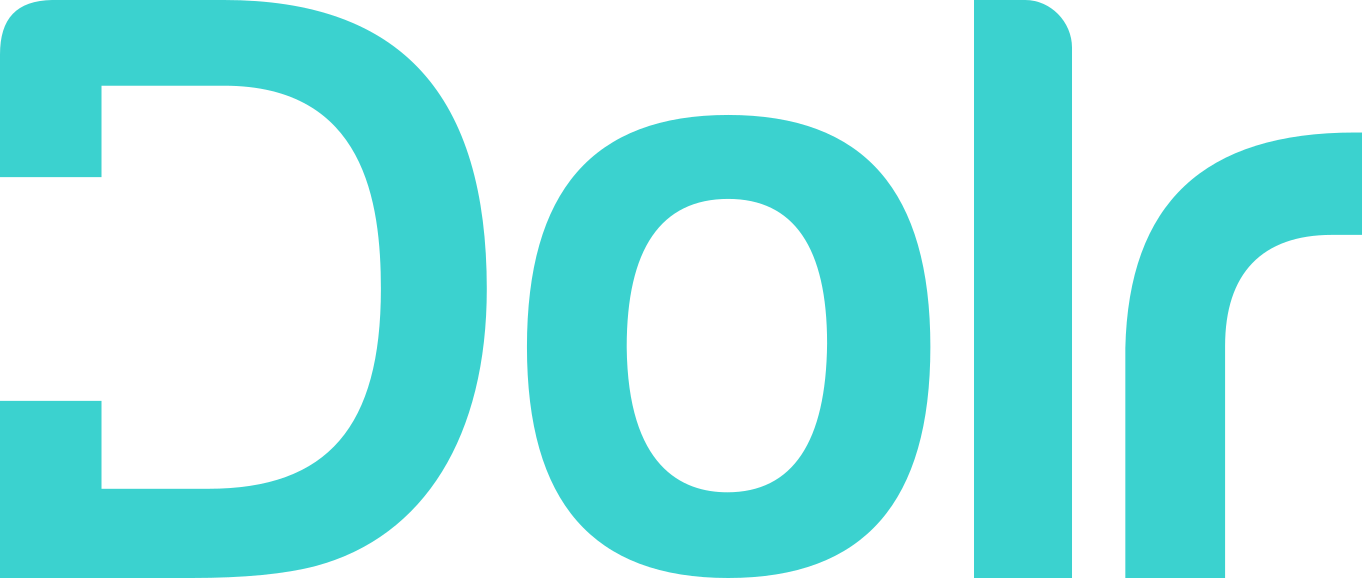EFH: Everything From Home

Because working from home is so last week.
On Sunday Governor DeWine issued a stay-home order to continue the state of Ohio's effort to flatten the curve. As a result, a lot of businesses are now fully transitioning to remote working. For most, this is not a total change in operating structure.
Globally, over 40% of businesses were already offering remote working options with a whopping 16% of all businesses being fully remote. Additionally, over 60% of businesses already offered some type of flexible work. Before the pandemic, an estimated 4.7 million or 3.4% of Americans were working remotely. In Ohio, 4.3% of workers were remote - ranking the state 16th for most remote jobs in the USA.
In addition, globally over 50% of people were already working from home at least once a week. Those that regularly work remotely report being more productive, feeling less stressed, and having greater job satisfaction. Companies with remote working policies report having 25% less turnover than counterparts that don't. The world was already on track towards more flexible working arrangements; this pandemic has just accelerated the process.
Transitioning to full time remote for everyone in such a short time period is daunting. Luckily, there is an incredible amount of creativity going into making the new normal, normal. Here are some of our favorite ideas to keep your teams engaged and connected.
For any of this to actually work you need the right tools. Starting with video conferencing software capable of supporting the loads you'll be subjecting it to, digital project tracking software, and digital whiteboarding software.
#WineWithDeWine
This is what inspired this blog post. We've heard of several teams that are very closely following the Governors updates. To make this stressful task more fun they call it their "wine with DeWine" time. Obviously they're not actually drinking. I think this is such a smart way to take some of the tension out of what could be a stressful time. While giving the event a silly name doesn't change the gravity of the information being communicated it does make it a little less daunting.

Some of us may be better at dealing with hard things than others. When we act together and share the burden we can all be better. What are the most stressful meetings your teams have and how can you "wine with DeWine"?
Workout Together
This is a great way to ensure everyone is staying healthy as well as build team morale. We've heard of optional morning and evening workout sessions led by different team members. Take care to ensure team members of all levels of ability can participate. Given that folks will be participating from home this is not actually as difficult to accomplish as it may sound. You could also try any of the numerous workout businesses that seem to be popping up anywhere.
Virtual Water Coolers
We are social animals, not machines. While productivity is typically higher among remote workers, it's likely due to the absence of distractions typical of office settings. It's important to create environments that encourage the casual water cooler interactions we all love. We've heard of people setting up virtual rooms folks can jump in and out of as well as dedicating specific water cooler times for a more free for all approach.
Setup virtual rooms people can go hang out in when they want to take a break. Do virtual snack times. Have virtual lunches. Just having the option can be a good incentive for most people. Don't expect everyone to show up every time. Instead let people choose which of the options they want to participate in and how often.
Virtual Brainstorming and Ideation
Speaking of dedicated virtual rooms - these are also a great way to encourage collaboration and the natural team approach to problem solving we are inclined towards. However, brainstorming in a virtual environment can be quite challenging. In this type of setting, we've seen folks take a dual approach. First, everyone silently adds virtual stickies to a private board. Then every 15 minutes or so, all the stickies are moved to a shared board followed by reading and discussion.
The key here is to have digital boards that can be easily shared. There are a variety of products available. You probably already have one of them, but now is the time to ensure they are being utilized effectively. This is also a good time to make sure everyone is bought in to your digital strategy. An early signal that your virtual engagement strategy is not working is communication issues among the team. If that’s the case, you need to reiterate what your remote protocol is and measure where it's breaking.
Virtual Headphones and Boundaries
Headphones on are a universal "please don't bother me" sign. People put on their headphones, sometimes with no sound on, specifically to signal they do not want to be interrupted. It's far too tempting to freely interrupt each other in virtual environments - everyone is an instant message away - and typically everyone is wearing headphones. Let your teams decide what signals can be used as "virtual" headphones.
Most video conferencing / chat apps have a do not disturb feature. This could work if your team is intentional about updating their status. Another option is asking everyone to set up "busy" times on their shared calendars and reminding the team they should be intentional about checking your company calendar before reaching out to someone. You could get creative and have visual cues as well - ask folks to create a clearly visible prop they can display on their cameras when they do not want to be disturbed.
Make an effort to establish digital boundaries. Be mindful your teams are taking breaks and "turning off". With remote work there is always the risk of always being "on". Especially since we all spend a good amount of time on our mobile devices - it's easy to respond to messages and emails outside of typical work hours. Build a culture around stepping away from work by encouraging your people to set, share, and respect each others' availability.

Better Benefits
If you're not already paying for your peoples internet connections then stop reading and go do that. I wrote about immediate tactical steps for benefits last week. If you've already made adjustments - more power to you. If not, it's time to start thinking about remote work as a long term thing. This pandemic has accelerated the inevitable. Expect your teams to want to continue working remotely more frequently and adjust how you invest in your people accordingly.
Think about offering child (and pet!) care benefits. Let parents contribute to what a child care benefit may look like. Look at extending this policy to pets (we send our pets to Homedog - they're awesome). Pay for home delivery subscriptions from the myriad of monthly / weekly subscription boxes available. Ask your people which ones they'd prefer.
Studies show people are willing to trade salaries for better benefits. Listen to them. Then make it stick - just having benefits available does not translate to increased adoption and better recruitment and engagement at work. In fact, 72% of employees agreed with the phrase, “Having benefits customized to fit my needs would increase my loyalty to my employer.” Let your people personalize their benefits to their unique needs. Noether Rudin can help you with this. Let's chat! Email us: hello@noetherrudin.com
How else are you updating your benefits package? I'd love to learn more, please email me: hello@noetherrudin.com
Rethink Company Events
We recently attended a virtual Payments Power Hour hosted by the payments startup Finix. It was so much fun! There was great participation, the conversation went from sharing productivity hacks to discussing modern banking architecture, and back. And it was open to the public!
We loved it and we learned you can have productive and engaging social meetings with your teammates and coworkers without a rigid agenda! Encourage this openness on your teams and we're certain your people will be highly engaged. Think about it, even after the pandemic is over, virtual company events may actually see a better attendance since you're letting people participate on their own terms.
Be Silly

If you are fortunate enough to have a great team then you already know how important this is. Playfulness and not taking ourselves too seriously are at the core of team and trust building. Being playful and silly at work has also been demonstrated to lead to higher levels of creativity and productivity. So be silly.
The folks at Finix mentioned their CEO sends out a YouTube link of some random song everyday. Then, over the course of the day people make videos of themselves dancing to that song and share with the team. How fun.
How can you translate your existing playful culture to a digital workspace? Or, how can you build a playful culture now that you're fully remote? Start with what you know works. Think about all the fun times at the office then recreate those digitally. Create a committee dedicated to finding fun and silly ways to lighten up the day. Pro-tip: don't nominate the most playful person on your team to lead that committee. They're already doing what they need to.
Let's Human Our Way To A Better Future
There has been so much change over the last few weeks. Businesses find themselves moving to a fully remote setup and all the new challenges that come with doing so. As long as we remember being digital doesn't mean being any less human, we can all get through this together. Find ways to reduce stress and anxiety for your teams, have virtual breaks, rethink your company events, offer better remote work benefits, and have fun and be silly the whole time.
How else are you keeping your teams motivated and engaged? I'd love to hear about it. Please email me: hello@noetherrudin.com



